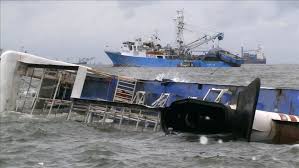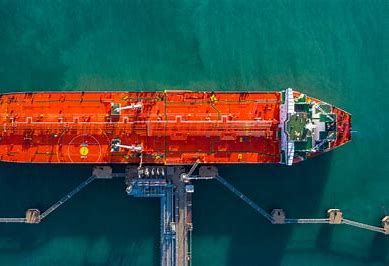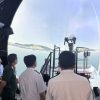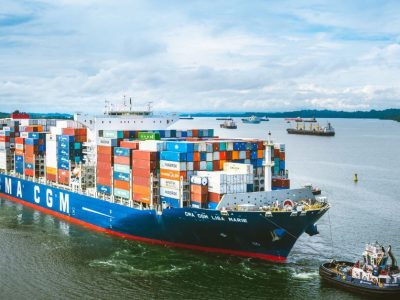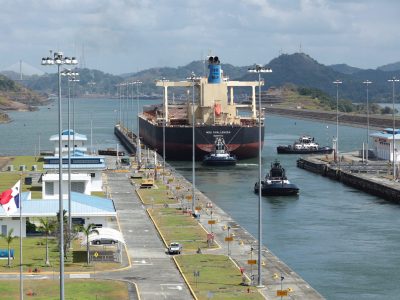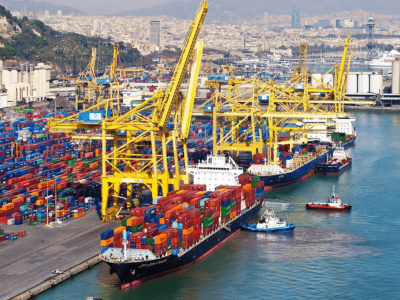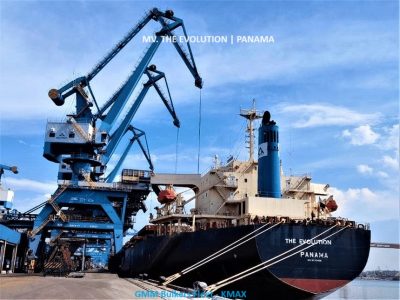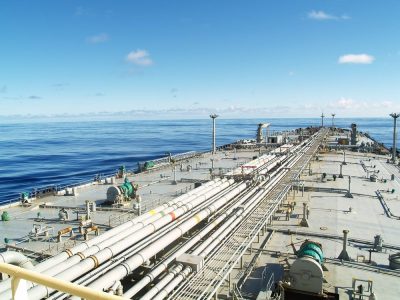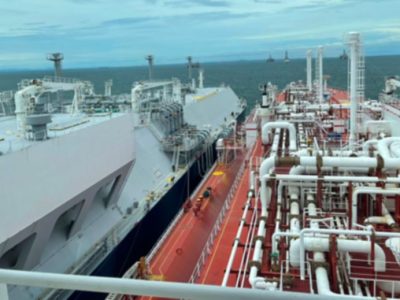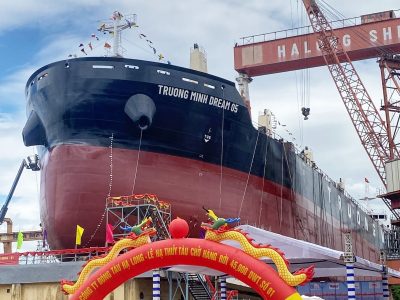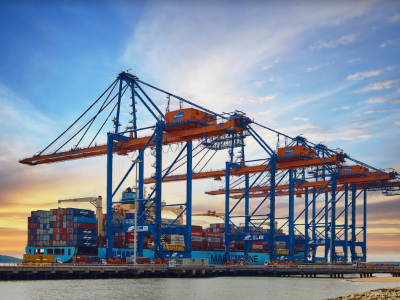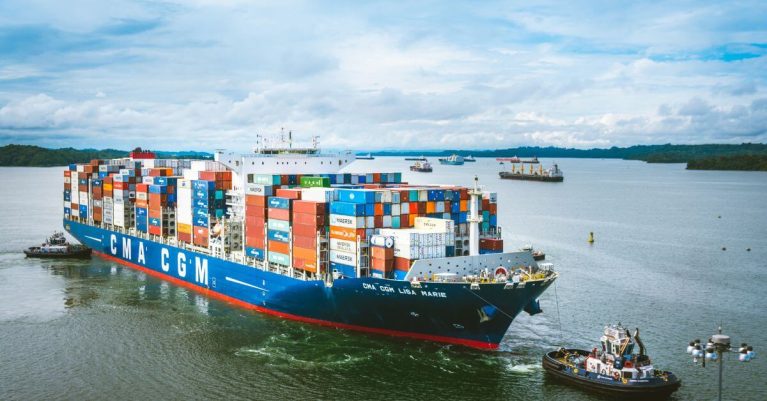By GMM Training | 2023-12-22 | Case Studies |
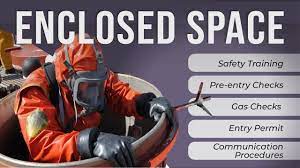
A bulk carrier was underway. During his inspections the Chief Mate noticed traces of bunker fuel oil in the forepeak ballast tank. Because that tank was adjacent to a bunker fuel tank, he suspected a leak from the bunker tank. He tasked two crew to enter and inspect the ballast tank with a view to confirming the situation. A third person was detailed as safety watchman at the tank manhole entrance.
After a time, another officer came by and asked the safety watchman how the inspection was going. He said everything was OK but when the officer yelled down to validate the state of the two crew in the tank, he received no response. Without hesitating, the officer entered the tank and continued shouting to find the two men. He soon saw them both lying motionless at bottom of the tank.
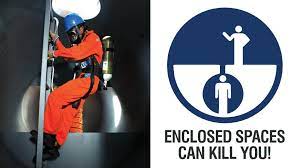
The officer quickly climbed back up and out of the tank. He had no VHF radio, so attempted to raise the alarm by waving his hands and shouting towards the bridge to attract attention. Fortunately, the OOW saw him and sounded the alarm. Soon, all crew were mustered and a team entered the tank – without breathing apparatus. Both crew were rescued.

The victims were taken to the accommodation and given oxygen and CPR. Both victims were resuscitated and were deemed recovered.
Lessons learned
- Incredibly, this accident did not claim any lives! Statistics show that persons that attempt to rescue victims in an enclosed space often become victims themselves.
- The safety watchman must be vigilant and attentive to the persons within an enclosed space. Ideally, there should be near constant communication.
- Enclosed space procedures need to be thoroughly followed, including ventilating and testing the atmosphere before entry, having emergency rescue gear at the ready, and equipping at least one of the crew who enter with a gas detector.


